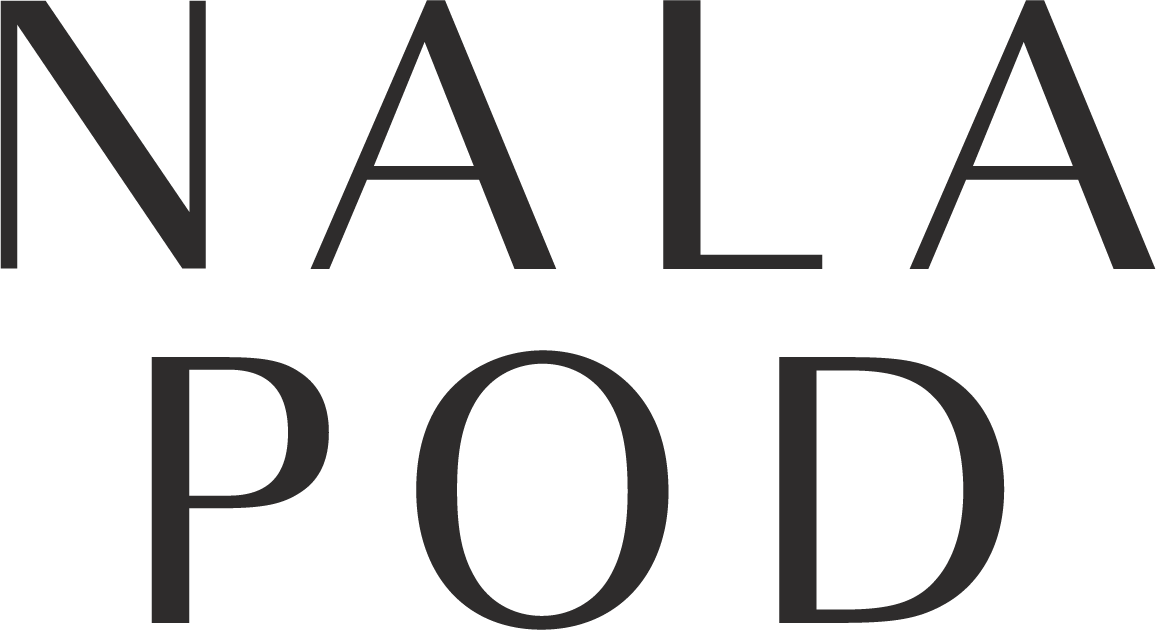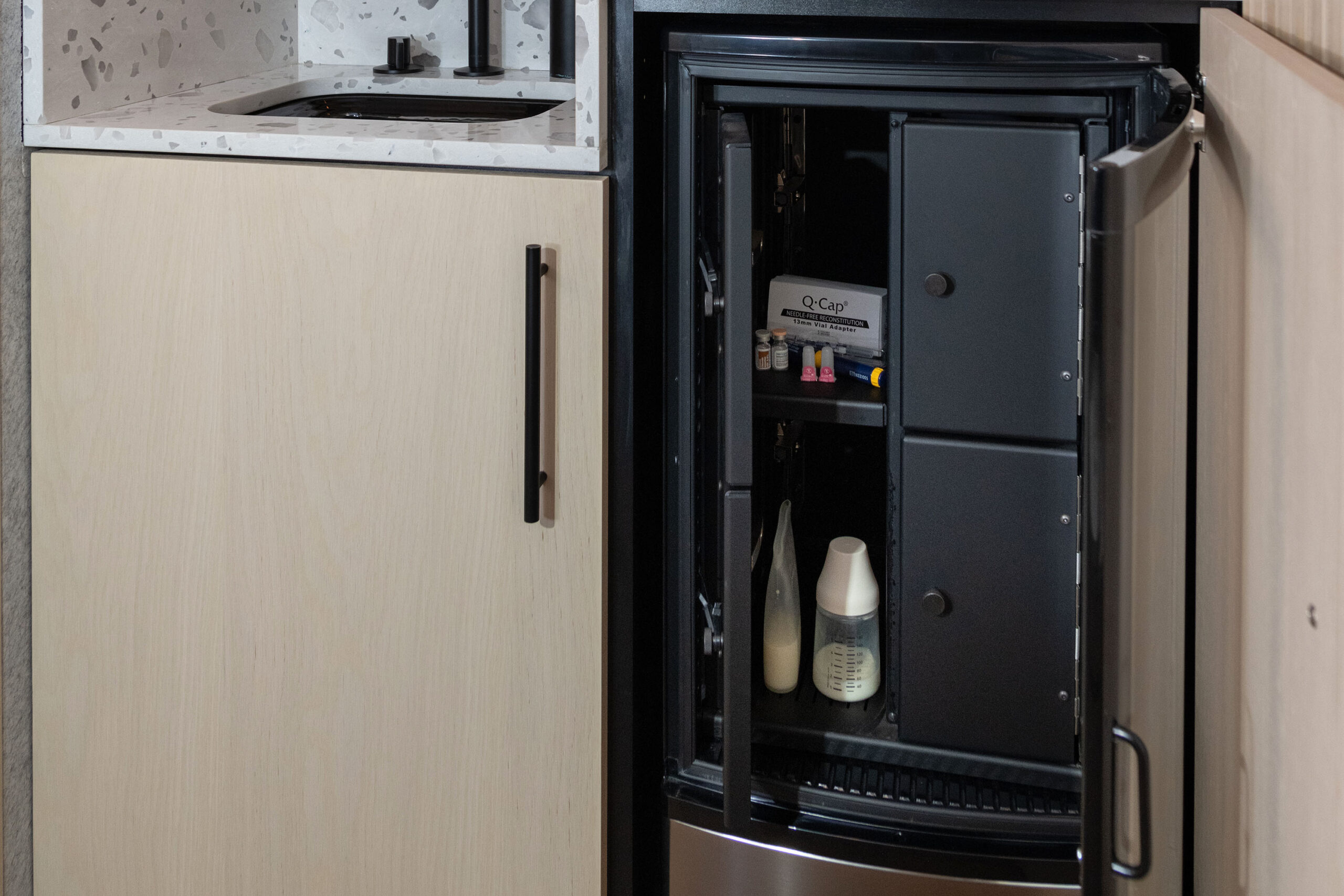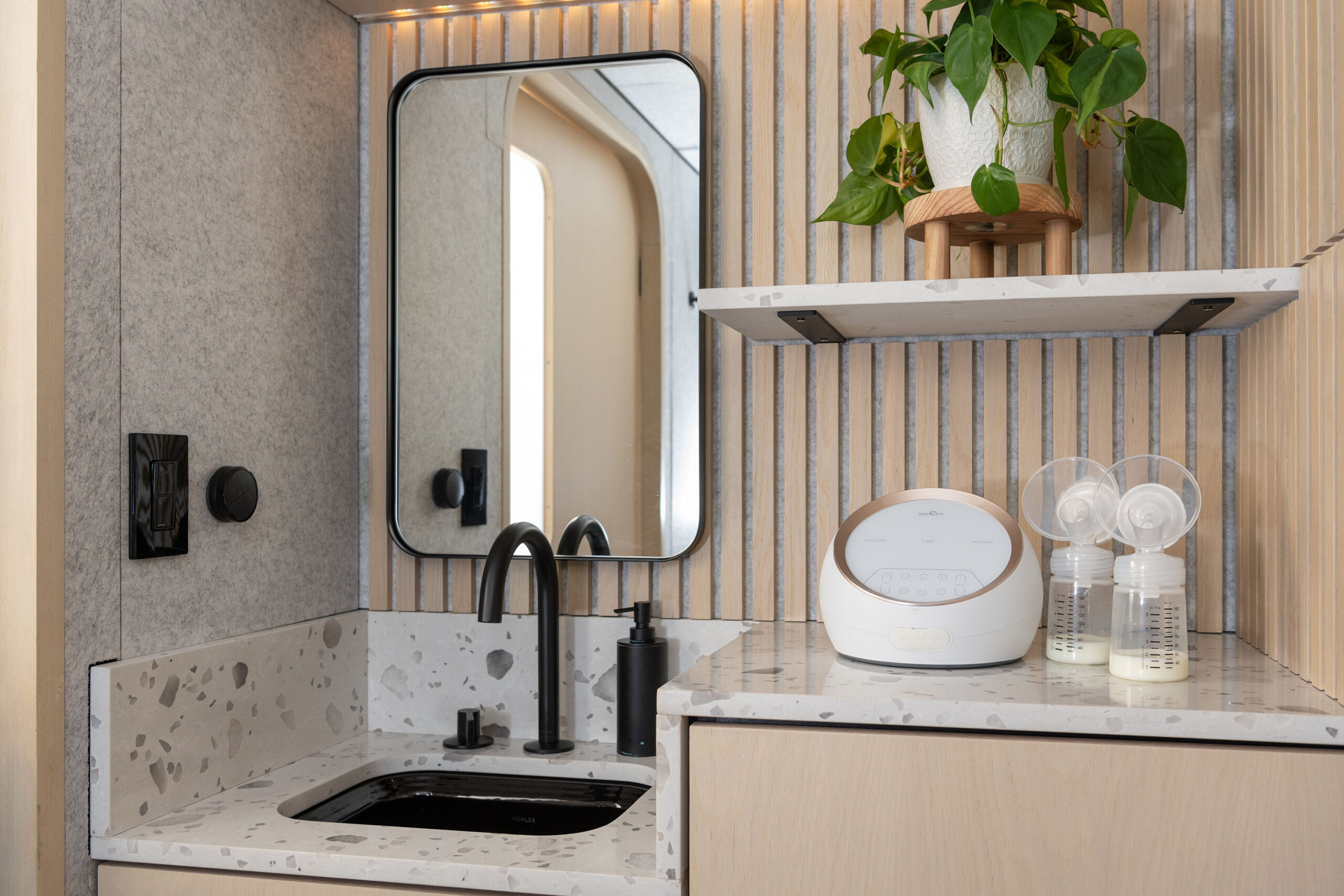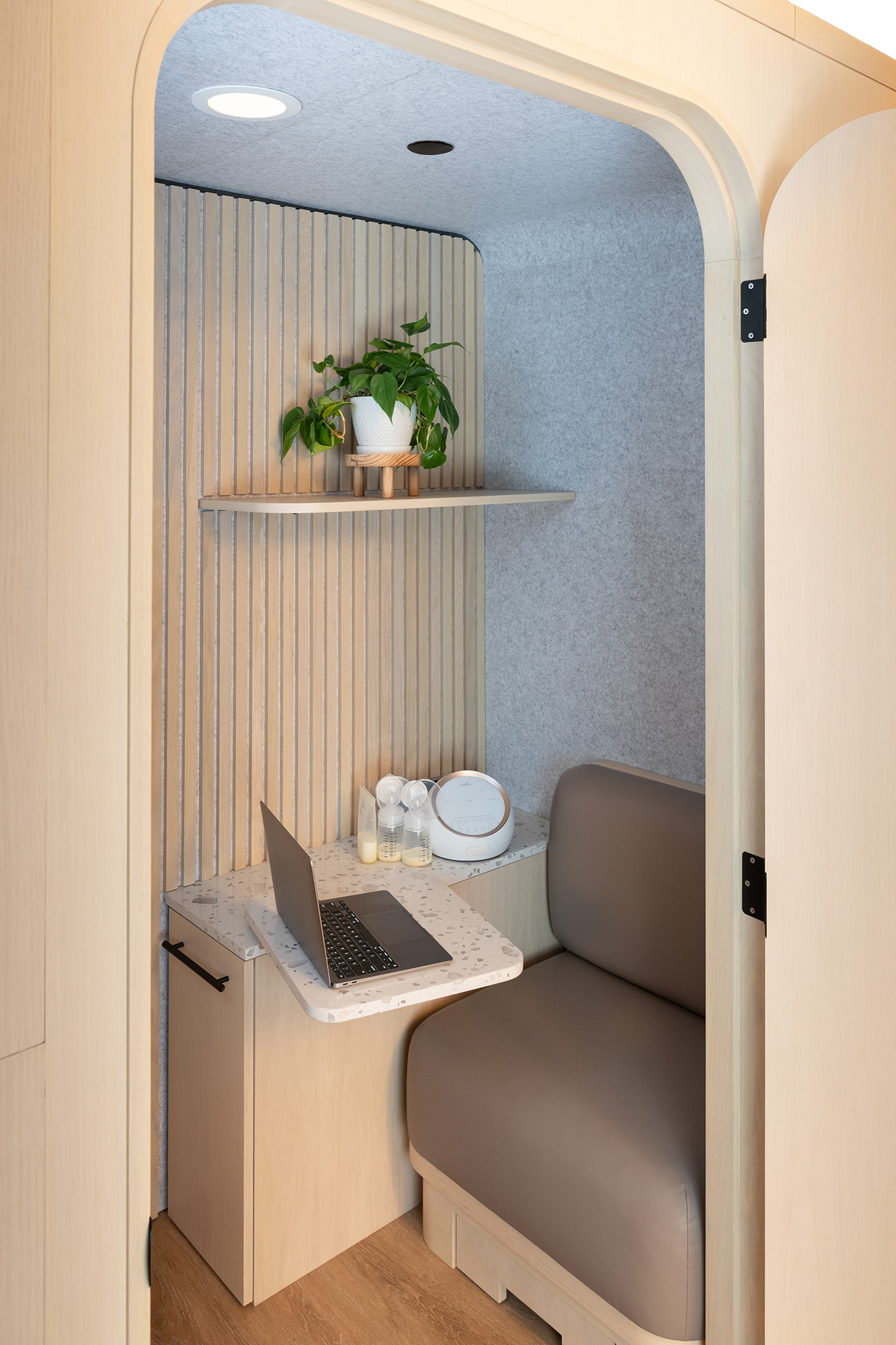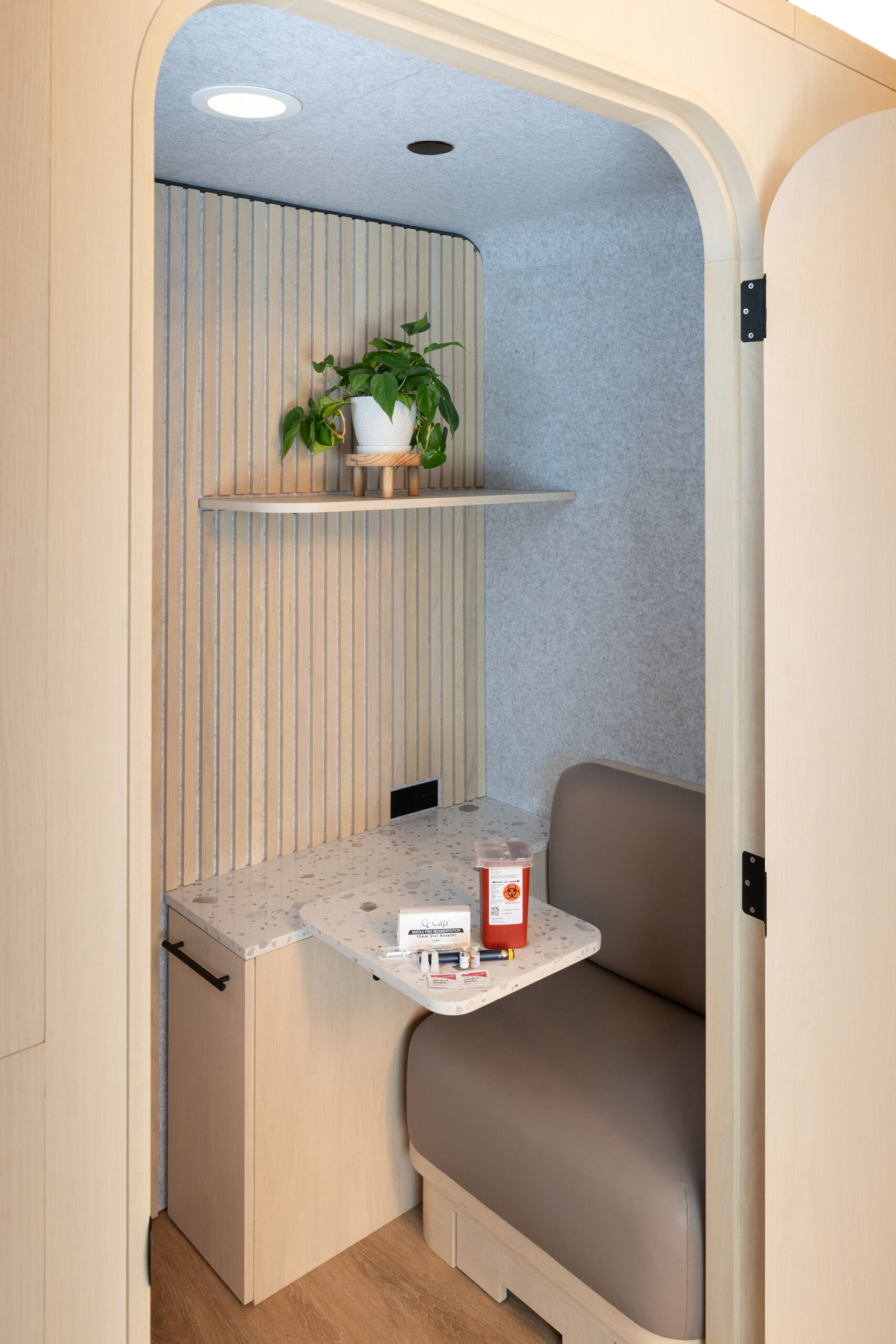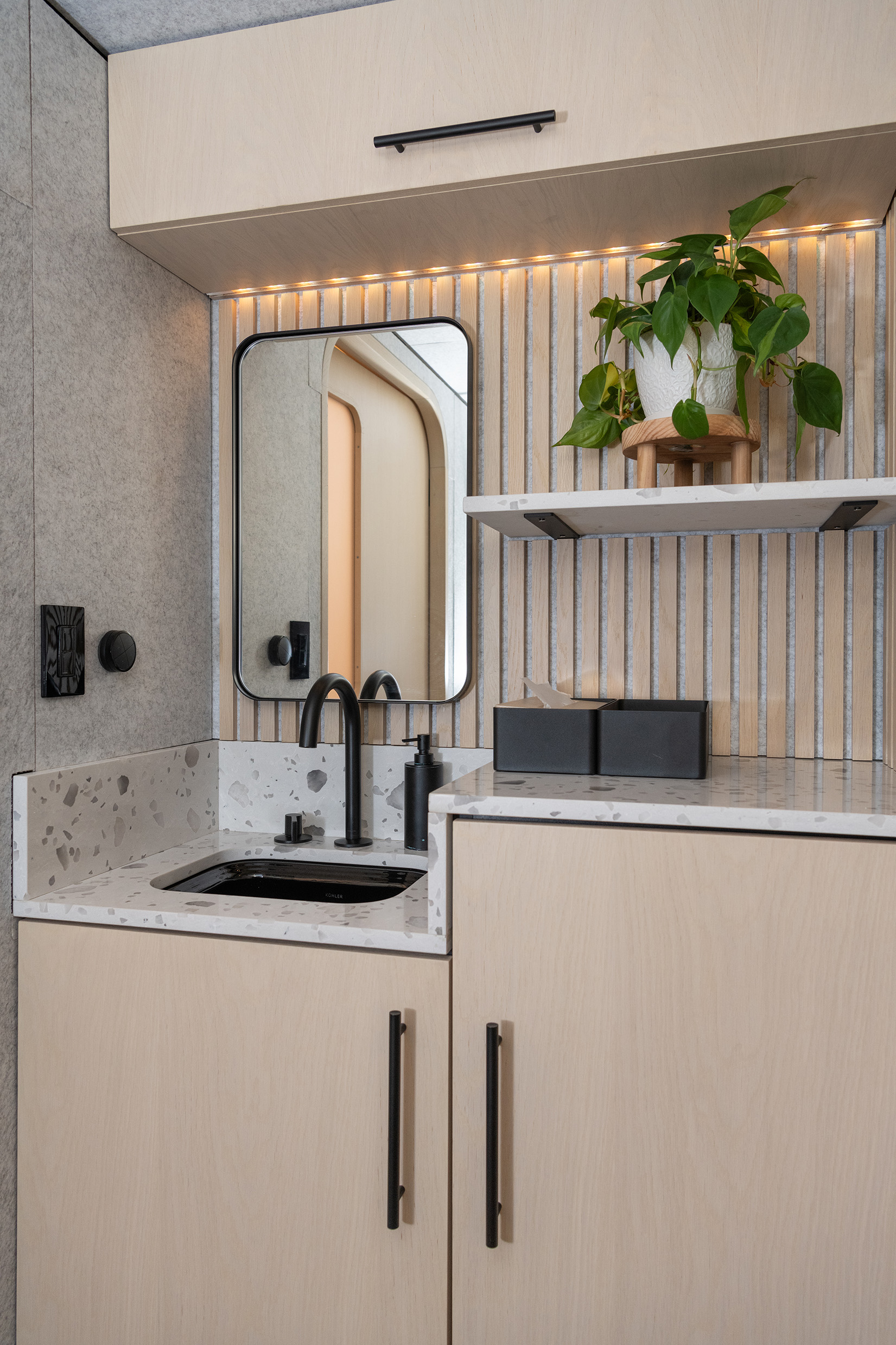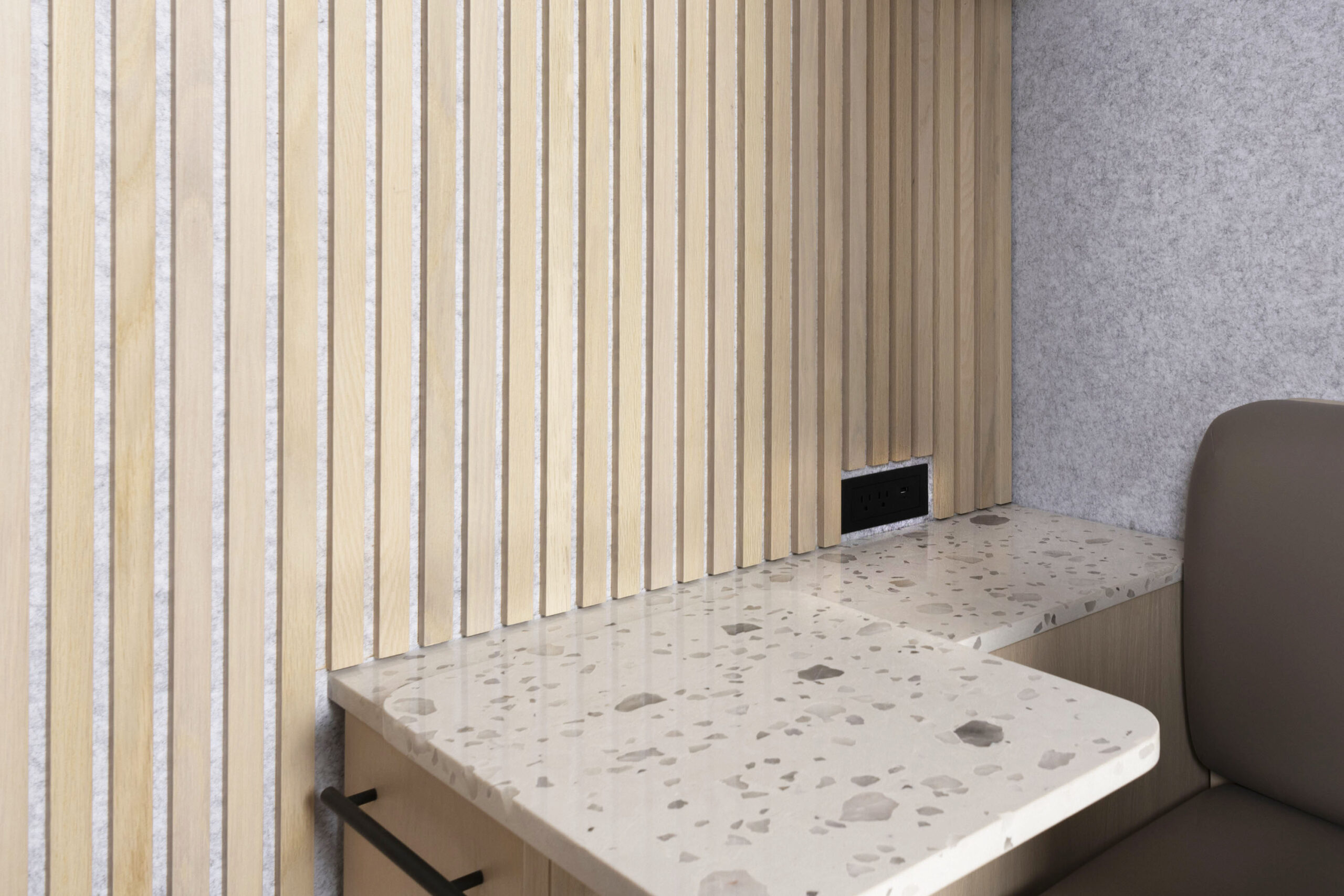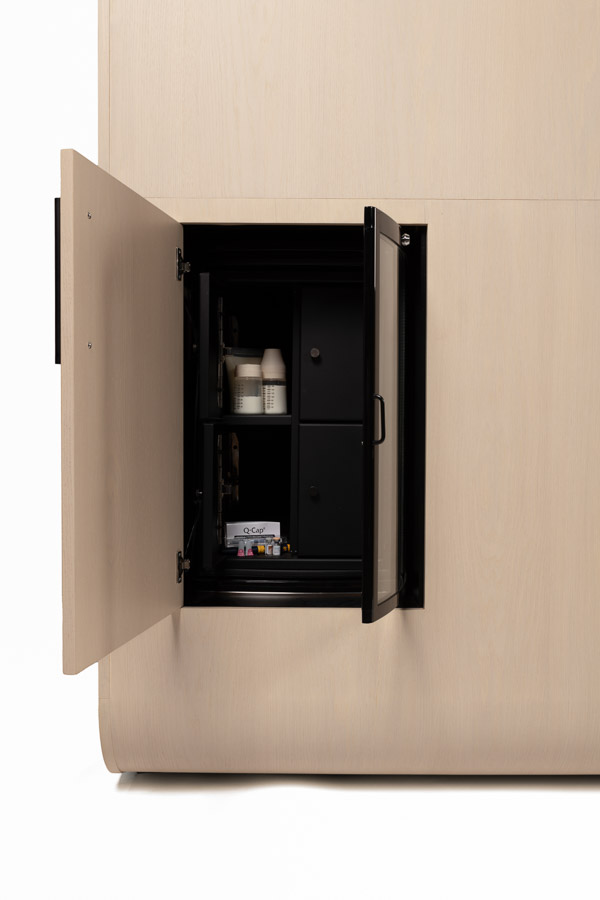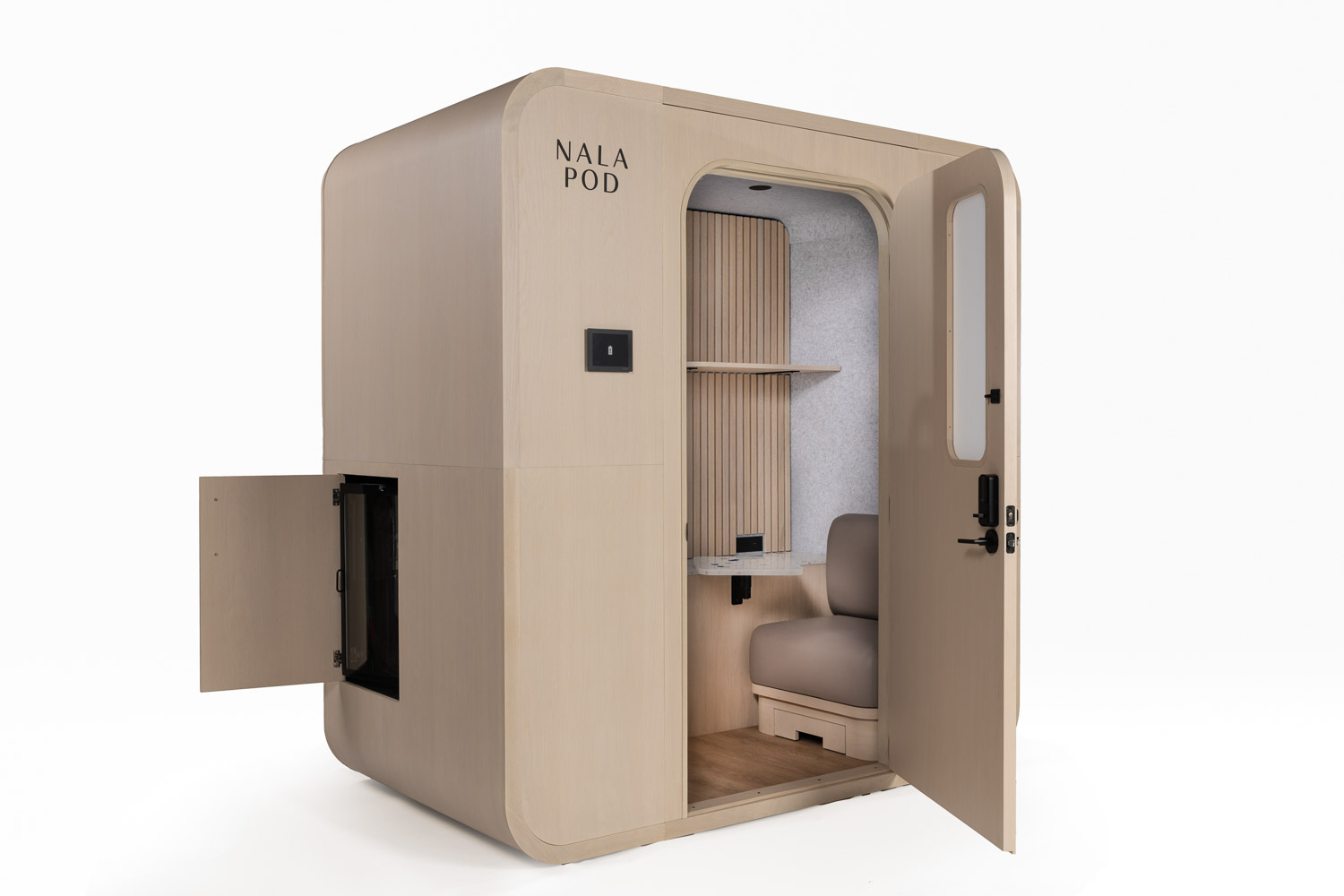Imagine a Workplace Where Working Mothers are Supported.
Product Features
Nala Pod
In Detail
Pass-Through Refrigeration
The refrigerator is built with individual storage units that can be accessed from inside and outside the pod.
Product Features
Nala Pod
In Detail
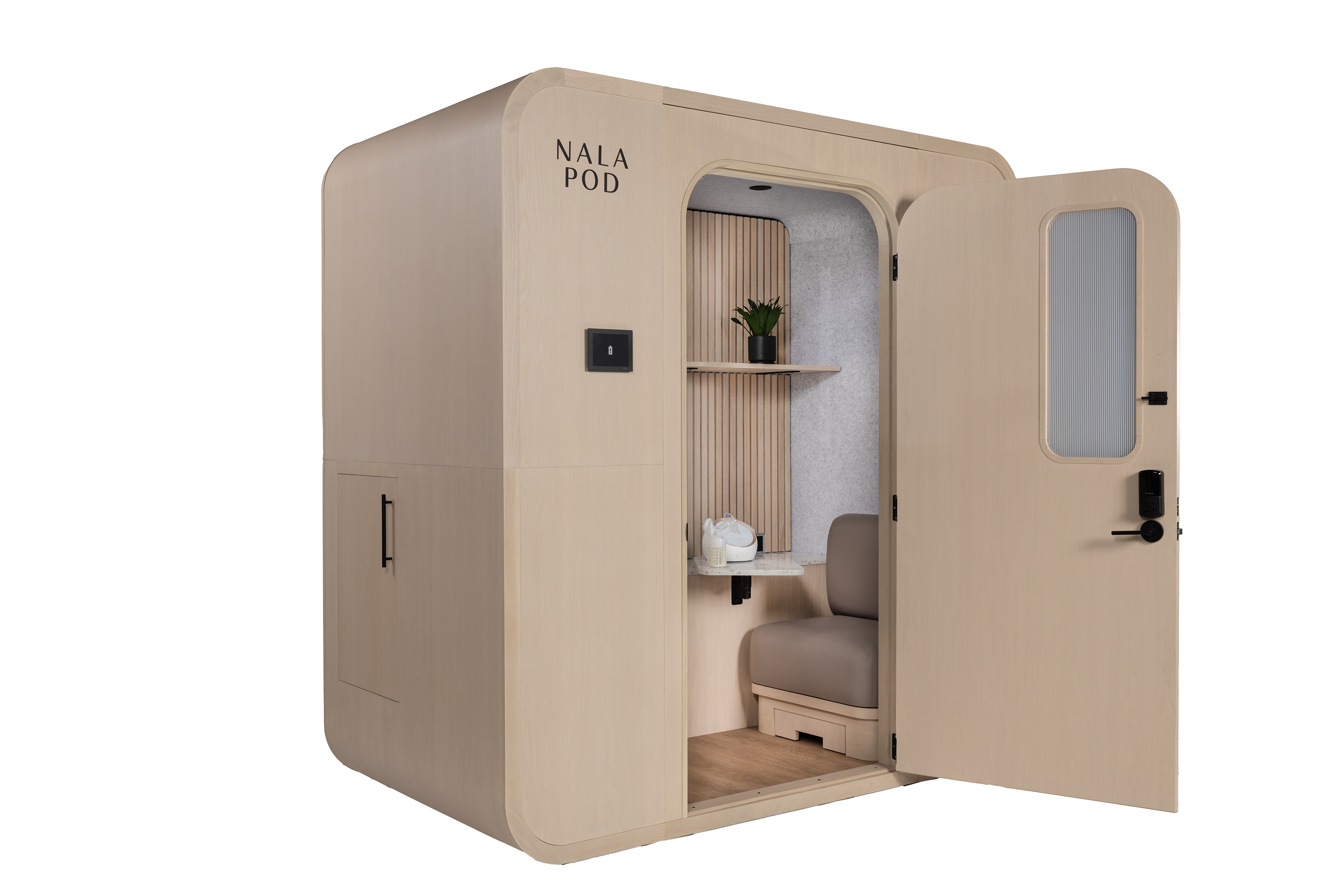
Ventilation
Thermal comfort is provided by a fan system constantly replacing the air in the pod.

Locking Mechanism
The pod is smart lock enabled and can be accessed via passcode, mobile app or physical key.

Scheduling System
A scheduling system indicates if the pod is in use and provides seamless calendar integration.
Legal Requirements
2023 Federal PUMP Act Requirements
Federal Law requires that any employer in the United States has to provide a dedicated lactation space for any breastfeeding employee.Nala Pod fulfills the requirements with a single purchase.
PUMP Act Requirement
Sink
Ideally access to a sink is provided so that an employee can wash their hands and clean attachments.
PUMP Act Requirement
Location
The space must be functional for pumping.
A bathroom is not a permissible location.
Location
The space must be functional for pumping. A bathroom is not a permissible location.
PUMP Act Requirement
Privacy
The space must be shielded from view, free from intrusion from coworkers & the public and free from observation from any kind of video system.
PUMP Act Requirement
Seating
The space must contain a place for the nursing employee to sit.
PUMP Act Requirement
Electricity
Ideally spaces should include access to electricity, allowing a nursing employee to plug in an electric pump.
PUMP Act Requirement
Table
The space must contain a flat surface, other than the floor, on which to place the pump.
Business Considerations
Recruit and Retain
As of 2023, it's federal law to provide a dedicated lactation space for employees,but going beyond the legal requirements greatly enhances the retention of working mothers.
50%
of working moms are thinking about leaving their job because of lack of support.
94.2%
retention rate for companies with lactation support programs compared to the 59% national average.
43%
of new mothers resign due to lack of employer support.
Source: Maven Clinic, 2024
Our Commitment to
Sustainable & Eco-Friendly Fabrication
We're dedicated to creating Nala Pod in harmony with nature.
Renewable
Materials
As the most environmentally friendly material, we use wood for the majority of the Nala Pod. More trees are grown each year in the United States than are harvested which makes wood a naturally renewable resource. From an ecological and environmental point of view, no other material can compete.
Streamlined Manufacturing
We have many long standing relationships with trusted and reliable manufacturers in New York, making the process easily customizable and streamlined. Local manufactures give us greater control over supply chain stability, quality assurance and waste management.
Fair Labor, Fair Production
Sustainability also entails social responsibility. We engage with local and innovative designers and manufacturers who align with our mission of providing an inclusive, diverse and equitable work environment for their employees. All of our vendors are regulated by New York State Labor Laws that protect their workforce with minimum wage requirements.
Carbon
Footprint
Using regional raw materials and suppliers, combined with local production significantly improves the carbon footprint of Nala Pod. By sourcing locally, Nala Pod reduces transportation emissions and supports the regional economy. This approach not only minimizes environmental impact but also strengthens community relationships.
Renewable
Materials
As the most environmentally friendly material, we use wood for the majority of the Nala Pod. More trees are grown each year in the United States than are harvested which makes wood a naturally renewable resource. From an ecological and environmental point of view, no other material can compete.
Streamlined Manufacturing
We have many long standing relationships with trusted and reliable manufacturers in New York, making the process easily customizable and streamlined. Local manufactures give us greater control over supply chain stability, quality assurance and
waste management.
Fair Labor, Fair Production
Sustainability also entails social responsibility. We engage with local and innovative designers and manufacturers who align with our mission of providing an inclusive, diverse and equitable work environment for their employees.
All of our vendors are regulated by
New York State Labor Laws
that protect their workforce with
minimum wage requirements.
Carbon
Footprint
Using regional raw materials and suppliers, combined with local production significantly improves the carbon footprint of Nala Pod. By sourcing locally, Nala Pod reduces transportation emissions and supports the regional economy. This approach not only minimizes environmental impact but also strengthens community relationships.
Renewable
Materials
As the most environmentally friendly material, we use wood for the majority of the Nala Pod. More trees are grown each year in the United States than are harvested which makes wood a naturally renewable resource. From an ecological and environmental point of view, no other material can compete.
Streamlined Manufacturing
We have many long standing relationships with trusted and reliable manufacturers in New York, making the process easily customizable and streamlined.
Local manufactures give us greater control over supply chain stability, quality assurance and waste management.
Fair Labor, Fair Production
Sustainability also entails social responsibility. We engage with local and innovative designers and manufacturers who align with our mission of providing an inclusive, diverse and equitable work environment for their employees. All of our vendors are regulated by New York State Labor Laws that protect their workforce with minimum wage requirements.
Carbon
Footprint
Using regional raw materials and suppliers, combined with local production significantly improves the carbon footprint of Nala Pod.
By sourcing locally, Nala Pod reduces transportation emissions and supports the regional economy. This approach not only minimizes environmental impact but also strengthens community relationships.
